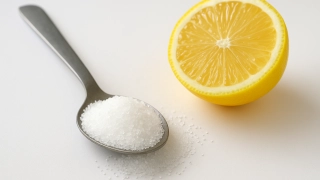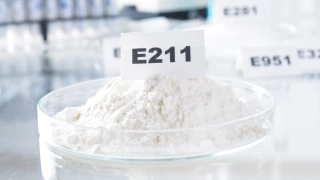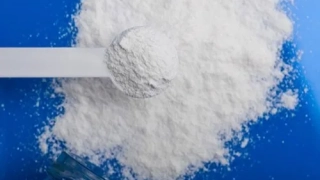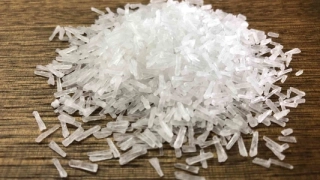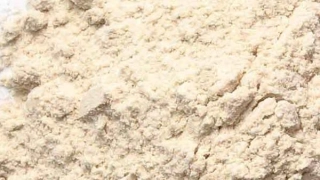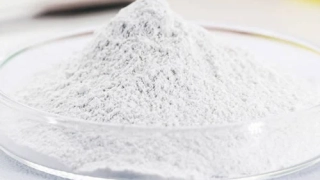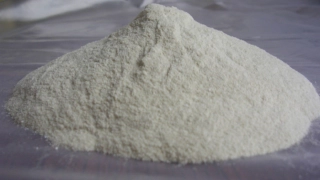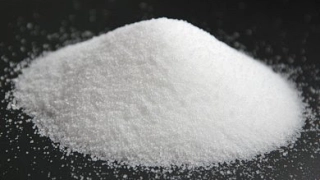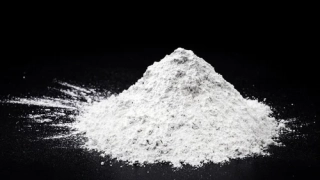Lactic Acid (E270): Taste Profile, Aroma, Benefits and Health Risks
Lactic acid (E270) is a naturally occurring organic acid found in fermented foods and produced by the fermentation of sugars by lactic acid bacteria. It is widely used as an acidulant, preservative, and flavor enhancer in various foods and beverages.
Lactic acid is considered safe for most people, including those with lactose intolerance (as it is not the same as lactose and is generally non-allergenic). Rare reactions are possible in extremely sensitive individuals.
What does Lactic Acid (E270) taste like?

Complete Sensory Description
Taste: Clean, mildly tart, and refreshing acidity, less sharp than citric acid. Provides a subtle tang without overwhelming sourness.
Aroma: Odorless in pure form, but can impart a delicate, fresh note in fermented products.
Texture: Does not affect texture directly, but helps create creamy and smooth mouthfeel in yogurts and dairy products.
Appearance: Clear or pale yellow liquid; completely blends into foods and drinks without altering color.
In-depth Flavor Analysis
Lactic acid imparts gentle acidity and helps balance sweetness in foods.
-
In dairy and fermented products, it contributes to complex, creamy, and slightly tangy flavors.
-
On a molecular level, lactic acid forms as a result of lactic fermentation, which also creates flavor compounds typical for cheese, yogurt, sourdough bread, and pickled vegetables.
Varieties and Culinary Applications
Lactic acid is used in a wide variety of foods, including:
-
Dairy products: yogurt, kefir, sour cream, cheese
-
Fermented vegetables: sauerkraut, kimchi, pickles
-
Baked goods: sourdough bread
-
Beverages: soft drinks, sports and energy drinks
-
Meats and seafood: as a preservative and flavor enhancer
-
Confectionery and jams
Its main functions include acidification, flavor balancing, preservation, and enhancing the shelf life of fermented and processed products.
Selection and Storage
-
Sold as a concentrated solution or powder for food use.
-
Store in a cool, dry place, tightly sealed to prevent moisture absorption.
-
Shelf life is long when stored correctly, with minimal loss of potency.

Nutritional Insights
-
Lactic acid itself is not a significant source of calories, vitamins, or minerals.
-
In fermented foods, it is associated with improved digestibility and gut health due to the activity of beneficial lactic acid bacteria.
-
It can support a healthy microbiome when included as part of a balanced diet.
Expert Insights & Culinary Tips
-
Food technologists use lactic acid to control pH and improve food safety.
-
Chefs employ it for flavor enhancement in sauces, dressings, and artisanal breads.
-
In home fermentation, it is a marker of proper, safe fermentation.
Interesting and Curious Facts
-
Lactic acid is the primary acid in sour milk products and pickled vegetables.
-
It is responsible for muscle “burn” during intense exercise, but the lactic acid in foods is metabolized differently.
-
The term “lactic” comes from “lac,” the Latin word for milk, as it was first isolated from sour milk.
Harm and Dietary Considerations
-
Safe at food use levels for most people.
-
Overconsumption from supplements is not recommended.
-
Very high intake may rarely cause mild digestive discomfort.
-
Does not cause problems for people with lactose intolerance.
Religious Dietary Considerations
-
Lactic acid is usually produced by fermentation of plant sugars and is suitable for Halal, Kosher, vegetarian, and vegan diets.
-
Always check labeling if strict dietary standards are required, as some rare sources can be animal-derived.
Final Thoughts & Sensory Journey
Lactic acid (E270) is a natural acidulant that gently brightens flavors and supports the unique character of fermented foods, all while ensuring safety and freshness.
Resources
Belitz, H.-D., Grosch, W., & Schieberle, P. (2009). Food Chemistry (4th Edition). Springer. ISBN: 978-3540699330
Branen, A. L., Davidson, P. M., & Salminen, S. (2001). Food Additives (2nd Edition). Marcel Dekker. ISBN: 978-0824704382
Fennema, O. R. (1996). Food Chemistry (3rd Edition). Marcel Dekker. ISBN: 978-0824793546
